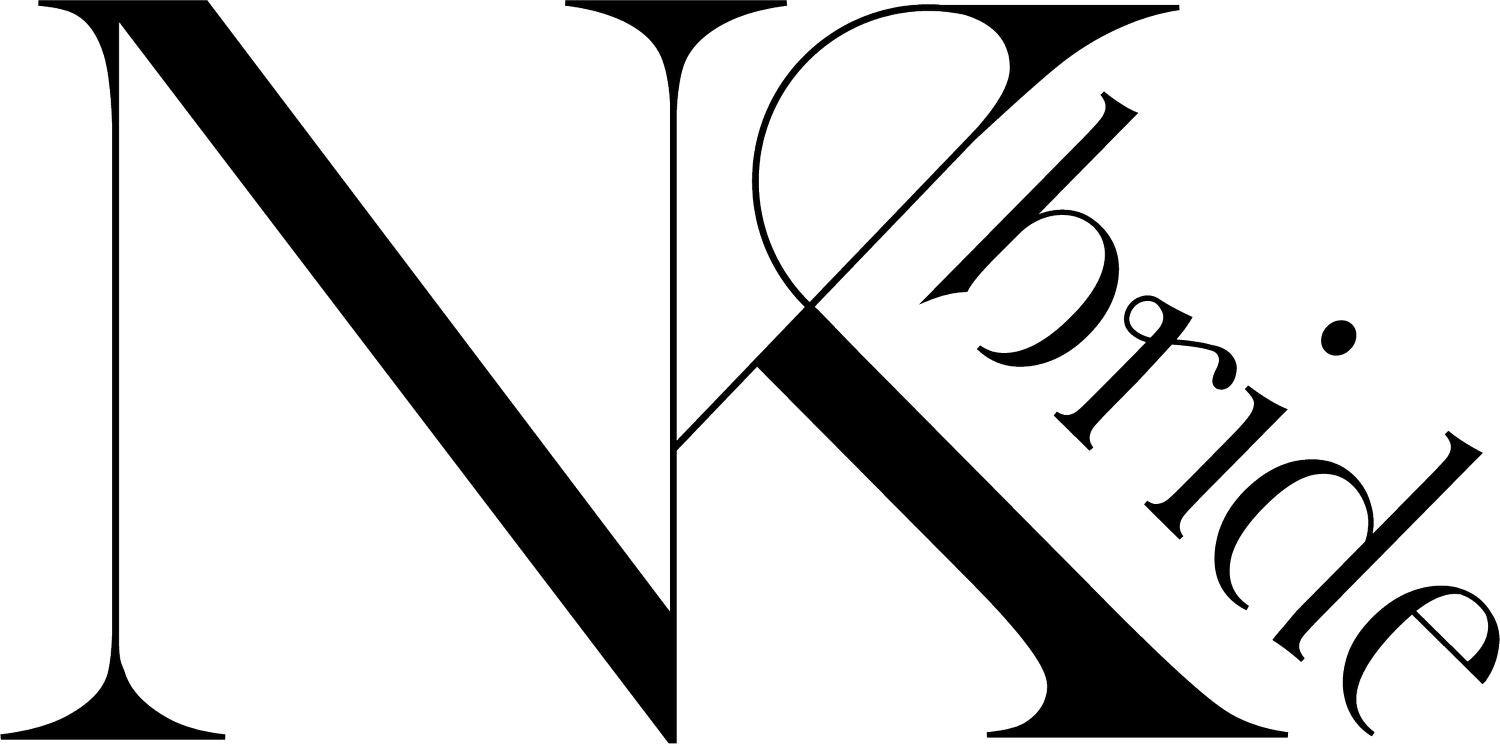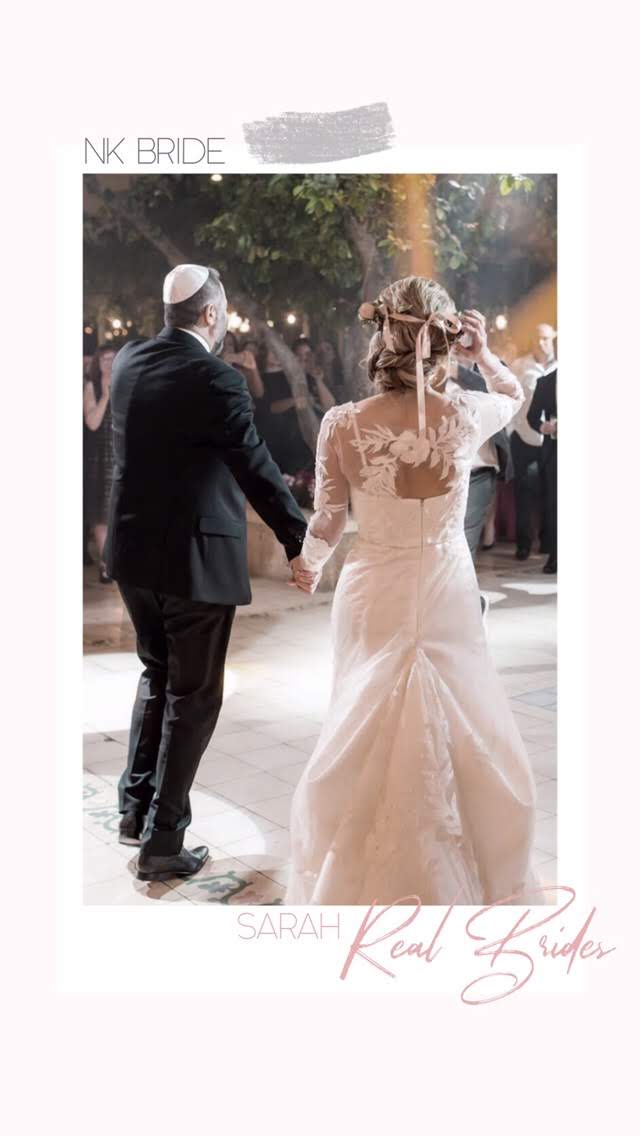It’s totally normal to love the look of long dramatic trains on wedding dresses, but it is also normal to have no clue what to do with that train for the reception. Seamstresses and designers add bustles to long trains to keep brides from tripping, and ruining the dress after the ceremony. The tricky part can be remembering how to bustle the dress up. We’re here to help, these tutorials and explanations can give you a clear idea of how to bustle your dress, or what kind of bustle you want to add.
One of the two classic bustle types, the American/Traditional Bustle, picks up the fabric from the train and attaches it to the back of the gown using buttons, hoops, and loops. Although traditionally they have one pick up, you can add as many as you like. Typically, brides who choose to have it attach higher on the gown choose 3 pick-ups in a triangle shape.
This style can also look great when done closer to the hem, and in multiple pickups. This can create a mermaid affect on a dress that had a softer silhouette before being bustled. These pickups can also be moved up to the waist for a more full, dramatic effect.
How do you bustle a traditional bustle? This bustle tends to be simple to do, as you can just find the loops, typically marked by small pearls, and match them up with the corresponding buttons. Some people prefer to start on one side, but a tip to keep in mind is to start from center back, and bustle from there out, so you don’t miss a loop.
French Bustles are the other most popular choice for wedding gown bustles. The drama created by these bustles often draws brides to choose them for their wedding gown. Unlike the American bustle, the French bustle tucks under, creating bubbles of volume on the back of the dress.
The French bustle is done by tying together matching ribbons between the lining of the dress and the train. These ribbon/ties are often color coded, or labeled with numbers for easier understanding. If you’re responsible for a French bustle on your besties wedding day, don’t fear, this bustle type is easy to put up and take down again and again. Check out this video for a tutorial from wedding wire on how to bustle the American, and the French bustles.
Hem Bustle, or the Ballroom Bustle, is a good choice for the bride who doesn’t like the look, or the volume that a bustle creates. This style is created by flipping over the hem of the dress/train and temporarily shortening, making it easy fro walking, dancing, and partying all night long. This style will also frequently be done with ties inside of the lining, but these will not create an volume, and will instead just hold the hem flat against the dress.
The Hem Bustle can be done easily when you follow the simple steps. Seamstresses can add loops and ties on the inside of the lining, and the hem of the dress, when these are attached your train will be off the ground and out of sight. This video by the Knot gives a refresh of the traditional and American bustle, as well as the Hem bustle.
Wrist Bustle is unlike the other bustles as is doesn’t tuck, or hide the train, instead it makes he train a part of the dress. This style is great for brides who have a delicate lace, or a fabric that is lightweight. With this bustle style you will hold the train on your wrist with an attached bracelet or ribbon. There is very little to do for this style, as you aren’t connecting loops, and ties.

